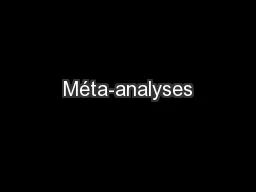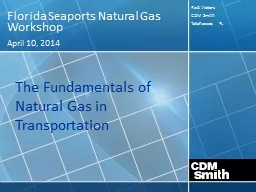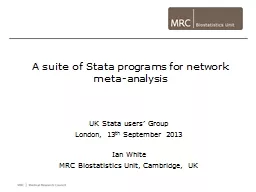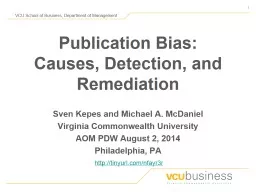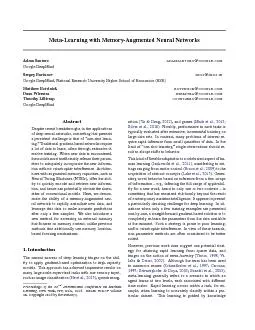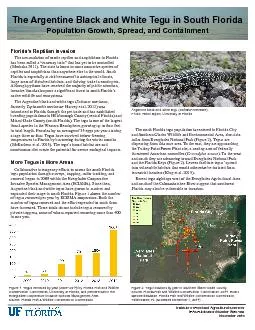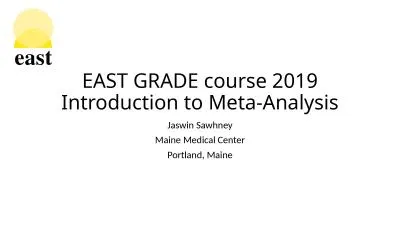PPT-Meta-analysis Workshop Michael T. Brannick, University of South Florida
Author : pasty-toler | Published Date : 2018-03-20
Workshop for Eotvos Lorand University Budapest 2016 Datasets Kvam 2016 Exercise as treatment for depression Effect size d K 23 Categorical moderator McLeod
Presentation Embed Code
Download Presentation
Download Presentation The PPT/PDF document "Meta-analysis Workshop Michael T. Branni..." is the property of its rightful owner. Permission is granted to download and print the materials on this website for personal, non-commercial use only, and to display it on your personal computer provided you do not modify the materials and that you retain all copyright notices contained in the materials. By downloading content from our website, you accept the terms of this agreement.
Meta-analysis Workshop Michael T. Brannick, University of South Florida: Transcript
Download Rules Of Document
"Meta-analysis Workshop Michael T. Brannick, University of South Florida"The content belongs to its owner. You may download and print it for personal use, without modification, and keep all copyright notices. By downloading, you agree to these terms.
Related Documents


